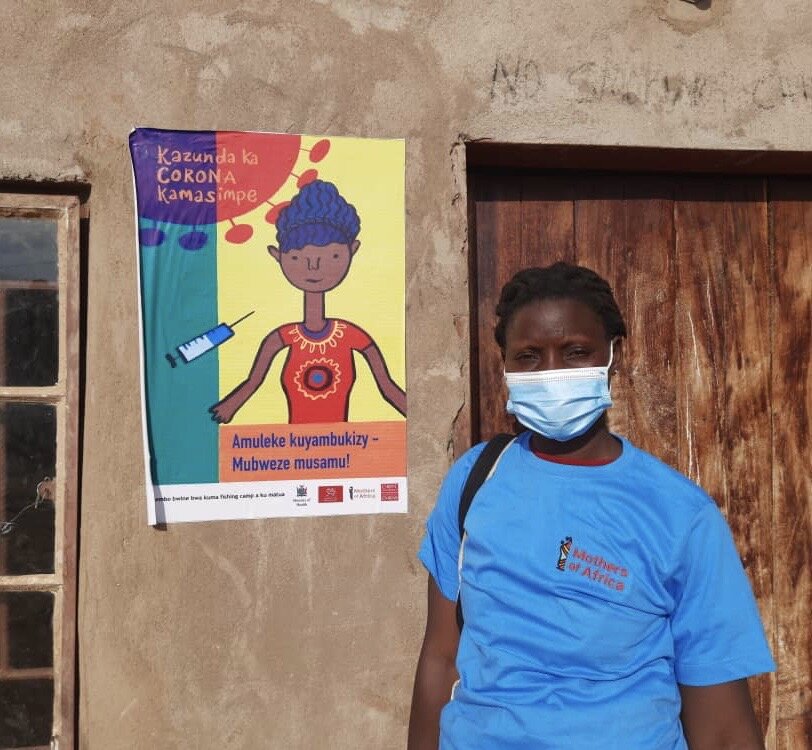The Climate Challenge in Art

The climate is one difficult topic for us all to get our heads around, but we must get to grips with it if we are to protect future generations from the effects of climate change. Can art help? And can it help us all to make sense and find an answer to this big question?
It’s the biggest question of our time- the climate, and the impact human activity is having on the carefully calibrated planet Earth. And so, we spoke with Penarth-based artist Chris Glynn on his work as a live scribe, which combines reportage, pop-up and performance. Through his work, he illustrates stories, conversations, ideas and events, in real time, helping people to connect, communicate creatively and develop new understanding on the topic. Whether live, on screen, or on the page, projects will often involve movement, music and visual humour, sometimes using elements of carnival and theatre.
In essence, Chris helps make sense of difficult conversations. He says, “Using images, everyone involved can make sense of complexity through everyday metaphors.”
Making sense of the biggest conversation of all
It is well documented how close scientists believe we are to the climate tipping point- the point of no return. In fact, many, many scientists already believe we are beyond this, and that any mitigating actions we now take will only stop further damage.
We have all seen the news reports, and we have all read some advice on what steps we need to take to reduce our impact on the climate. Indeed, perhaps many of us have already bought out re-usable coffee cup and have already switched to a bamboo toothbrush, and believe we have done all that we possibly can. The truth of the matter though is that further, deeper, structural changes need to be made to the way we live our lives, if we are to limit further damage to our climate.
It also puts into sharp relief the relationship between climate and poverty. Develop countries have ravaged the earth for her energy, and can now comfortable look towards renewable sources of energy, whereas developing countries are still heavily dependent on fossil fuels that are impacting the climate.
Collectively, however, we need to lower the entire population’s dependence of fossil fuels. As a planet, we need to have that big conversation, but also within ourselves we can individually make many small conscious decisions to lower our own impact.
And this is the reason why it is such a difficult issue to overcome- because every person living today and every person yet to be born is a stakeholder. It’s not a simple answer when everyone has an opinion. But it is these types of questions that Glynn has become quite the expert on making sense of.


Cambridge Children’s Hospital
In a recent project in 2021 for Cambridge University Hospitals, Glynn worked with many groups to capture conversations about the design of a new children’s hospital in the city.
“We’re challenging what a ‘traditional’ hospital looks and feels like so we can provide a better experience for patients while looking after staff wellbeing,” says Oliver Milton, partner at Hawkins Brown, architects of the new Cambridge Children’s Hospital. In working with the architects, as well as Cambridge Cancer Research, hospital staff and patient advisory groups, Chris has been able to visualise conversations about how a new hospital should feel and work.
This new learning is fed back into the architects’ design process and should result in a new hospital that works for its staff, patients and visitors.


International Health
In another recent project, Glynn has been illustrating international conversations around urgent COVID-19 health communications in Namibia and Zambia. Alongside colleagues at Cardiff University, he developed a youth-to-youth COVID-19 Q&A campaign and information campaigns with rural communities.
Here, Chris’ process deepens the understanding and experiences of those on the project. Chris says, “Often illustrators operate in isolation, outside institutions or within practice bubbles. And yet, powerful and moving images, deployed in the right contexts, can cross cultural and institutional boundaries: they can connect people in new ways and open up new thinking.”
Following this project, he was awarded an Honorary Senior Research Fellowship with Cardiff University School of Medicine, for applying art and design practices within medical health education.
For more about Chris Glynn’s work, go to www.chrisglynn.net





